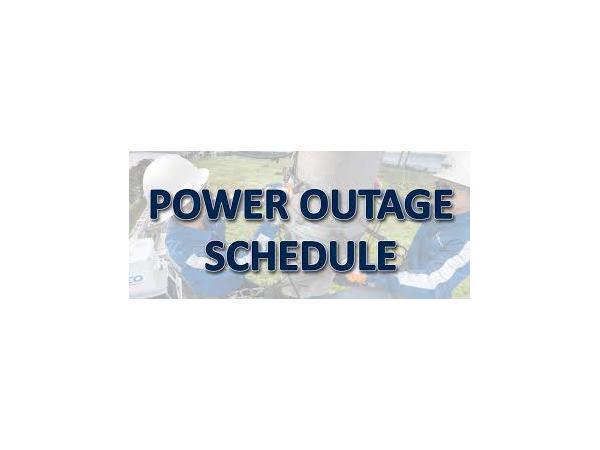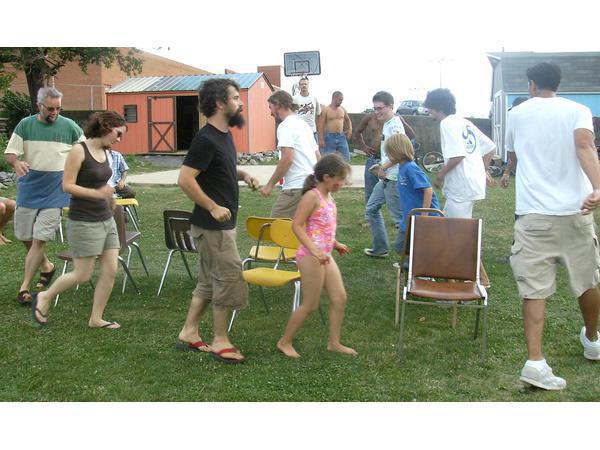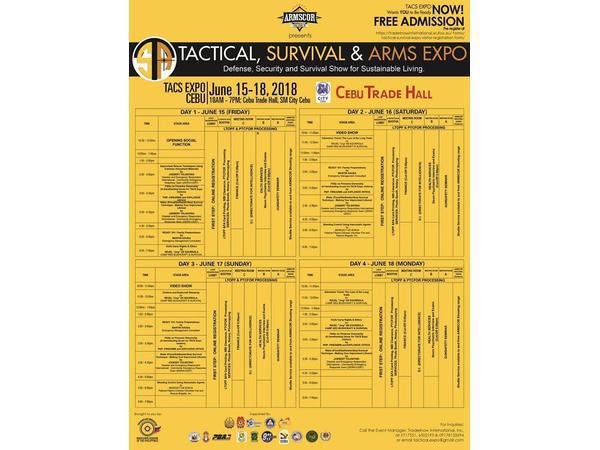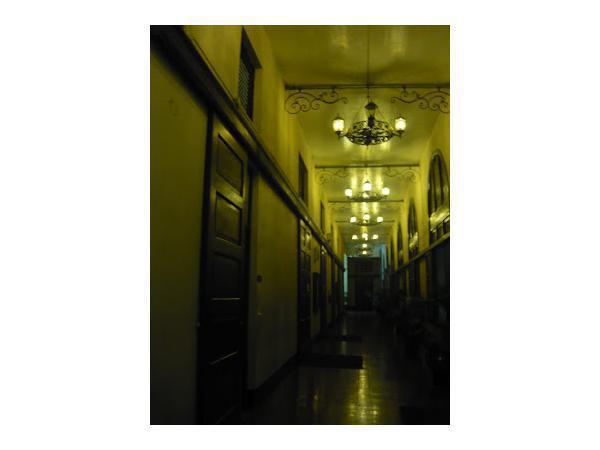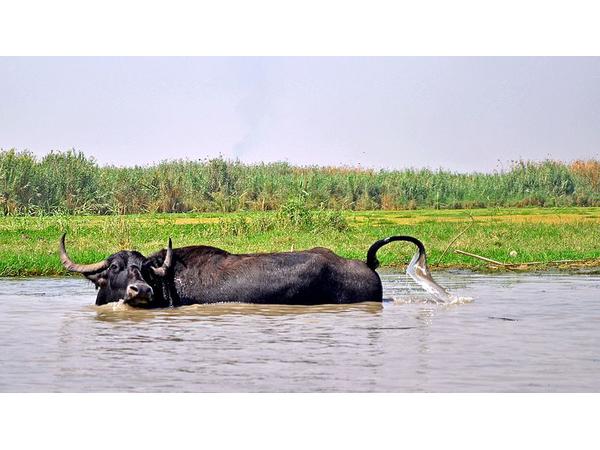A Brief History of the Korean War
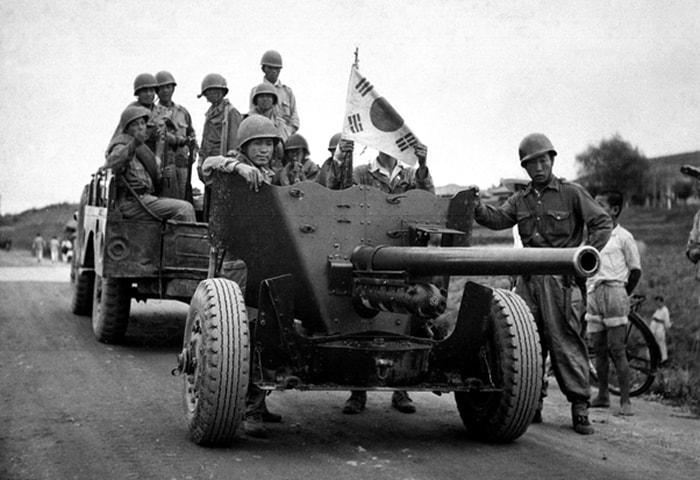
With the livestreamed meeting of North Korean leader Kim Jong Un and South Korean President Moon Jae-in at the fortified demilitarised zone between North and South Korea, it might be worth our while to briefly revisit what the Korean War was all about, and how it started.
1910 to 1945
During this period, Korea was under the control of the empire of Japan. However, soon after the World War II ended, the imperial possessions of Japan were forfeited. The US and USSR were tasked to decide the fate of Korea and the two then-superpowers split the peninsula Korea along the 38th parallel. The USSR took control of the north, while the US took the south.
1940s
The Cold War was on. The USSR vs US, communism vs democracy polarization was in full swing and this brought tension to the newly-formed Korean states. Kim Il Sung was the communist dictator of the north, while Syngman Rhee was the anti-communist dictator in the south.
June 25, 1950

Roughly 75,000 soldiers from the North Korean People’s Army marched across the 38th parallel (the border). This invasion was the start of the “real war” between the North and South. The United Nations Security Council authorized the deployment of aid for South Korea. 21 countries contributed to the UN, though majority of the support was from the US. For the Americans, this was a fight against the idea of communism.
It didn’t come easy for South Korea as the North Koreans were better trained and better equipped. The South Korean army were “… by contrast, were frightened, confused, and seemed inclined to flee the battlefield at any provocation.”
“Also, it was one of the hottest and driest summers on record, and desperately thirsty American soldiers were often forced to drink water from rice paddies that had been fertilized with human waste. As a result, dangerous intestinal diseases and other illnesses were a constant threat.” History.com https://www.history.com/topics/korean-war
China: Don’t Come Any Closer

During the Battle of Inchon, in September 1950, many of the North Korean troops were pushed back up north.
However, the UN forces were closely approaching the border of China, and Mao Zedong sent troops to North Korea to warn the US, forcing the UN forces to retreat. Coming too close to the border (Yalu boundary) would mean a full-scale war.
President Truman tried to avoid going to war with the Chinese but General Douglas MacArthur wanted to provoke it. General MacArthur was fired for insubordination on April 11, 1951.
July 1951
North and South Korea began peace talks in July 1951 at Panmunjom, which was a village very near the 38th parallel. The negotiations would continue over the next couple of years as fighting ensued, air combat continued and bombing campaigns went on, without neither North or South coming to an agreement.
July 27, 1953
North and South Korea signed an armistice on July 27, 1953. Prisoners of War (POWs) were released and a new boundary was drown just to the north of the 38th parallel and the new two-mile wide demilitarized zone (DMZ) was set.
Although there was a ceasefire, no official peace treaty was signed so technically, the war continues to this day – well until the North and South Korea leaders will formally sign the treaty they agreed to sign by the end of 2018.
Body Count: Approximately 5 million people were recorded to have died in the short but bloody war. 40,000 Americans died in Action in Korea. 100,000 were wounded. 2 million Korean civilians and 1.5 million communist forces died.
April 27, 2018

Kim Jong-Un, leader of North Korea crossed the DMZ to speak with President Moon Jae-In of South Korea in Panmunjom to work towards signing an official peace treaty by the end of 2018. Kim agreed to work towards complete denuclearization. This could finally be the end of the Korean War.
Reference:
https://www.history.com/topics/korean-war
https://lifehacker.com/a-brief-history-of-the-korean-war-1825653259


